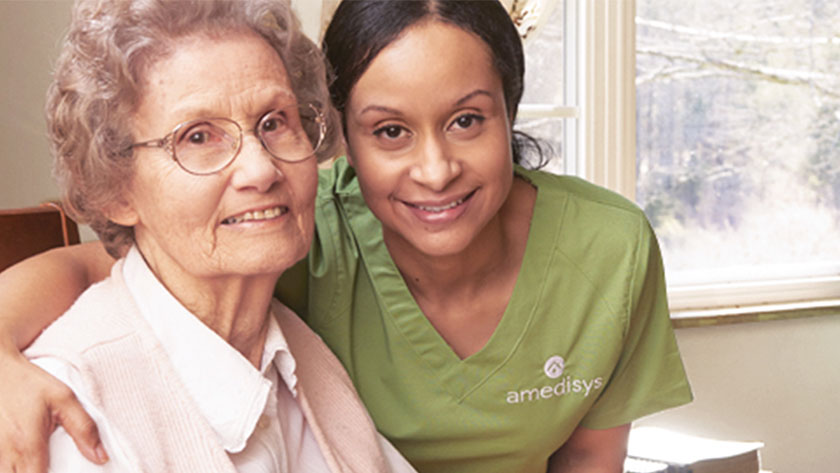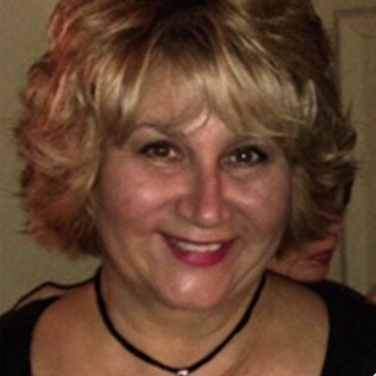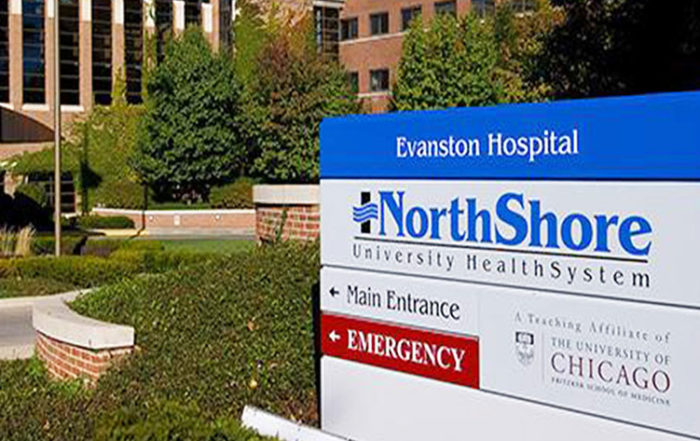Post-acute success story: holistic skin health for patients

All healthcare facilities, no matter where they fall in the continuum of care, face unique challenges. Still, every care site can benefit from taking a systems approach to skin health. In this series of articles, we’ll take a look at how different healthcare systems are making skin health a priority, beginning with Amedisys Home Health Care and Hospice in Baton Rouge, Louisiana.
At Amedisys, we use a holistic, interdisciplinary approach to wound and skin care. A core value is looking at the whole patient and initiating wound and skin care prevention and treatment. Nurses aren’t the only ones involved in treating patients in the home; others include physical, occupational and speech therapists, medical social workers, home health aides and registered dietitians. We collaborate and communicate on an ongoing basis with our physicians, as well as patients and their families and caregivers. Everyone plays a role in patient care. Unlike acute care and long-term care, we rely on patients and their caregivers to carry out their care plan in our absence.
We focus a great deal of time and energy on developing educational resources for our field clinicians, patients and their caregivers and families to ensure they’re equipped to follow through on individual care plans after we leave the home. We also work with our patients to develop personal goals that are attainable. Goals can vary greatly among home health and hospice patients, and we’re mindful of what’s important to patients and what’s realistic.
By using technology and reliable resources, we believe that Amedisys is on the forefront of wound healing and skin health. Some examples include:
- Telehealth: Our clinicians take and upload digital images of patients’ wounds and skin issues to our EMR so that issues can be seen and discussed with leadership and subject matter experts. This greatly enhances how our regional teams of certified wound specialists and wound, ostomy and continence (WOC) nurses consult and educate their patients.
- Algorithms: We use algorithms to select wound and skin care products. This helps ensure that patients are receiving the correct products to drive their care.
- EMR: We’ve standardized EMR documents on wound and skin assessment.
- Tools: We use the Braden scale to predict pressure ulcer risk. Once breakdown is determined, we look at support surface needs, incontinence/moisture issues, nutritional deficits, mobility and functionality, friction and shear and sensory perception issues.
- Evidence-based interventions: We provide clinicians evidence-based clinical interventions for maintaining skin integrity. Interventions for care plans include online, interactive education at all of our centers; registered dietitian services, particularly for patients at risk for skin breakdown; clinical leadership support and a wound and skin care product formulary.

Monica Progar, BSN, RN, ET, CWS, FACCWS, COS-C, is corporate director of Wound Care at Amedisys Home Health Care and Hospice, Baton Rouge, Louisiana. Amedisys has over 400 home health care and hospice centers nationwide.
Read more in our “Systems at Work” series, how different healthcare facilities make skin health a priority.


